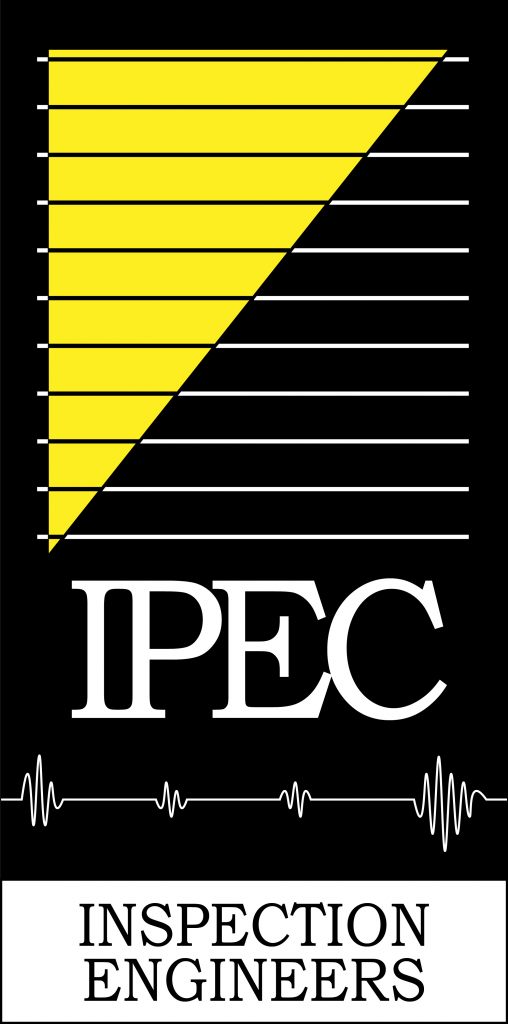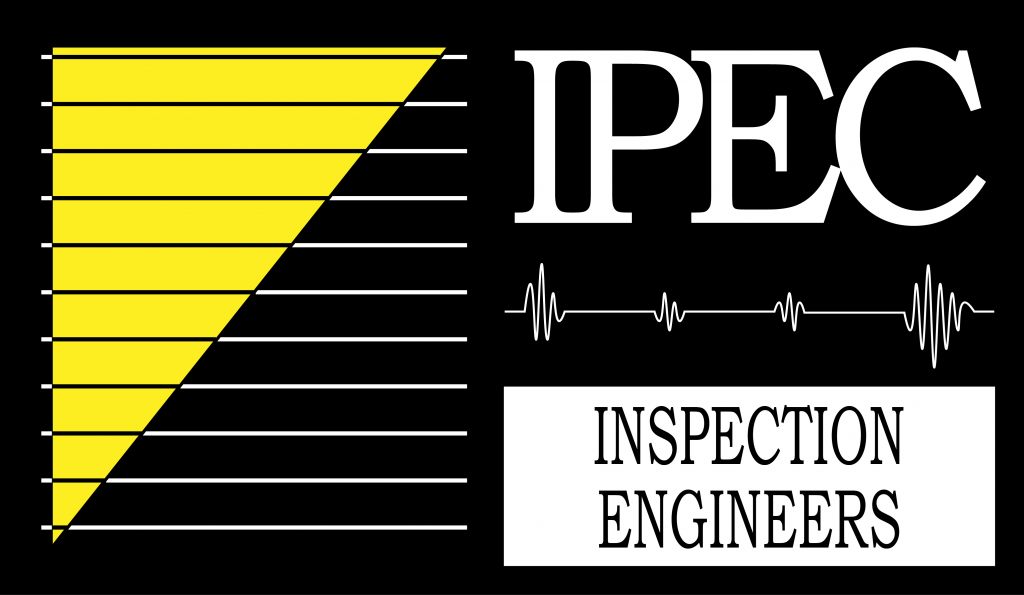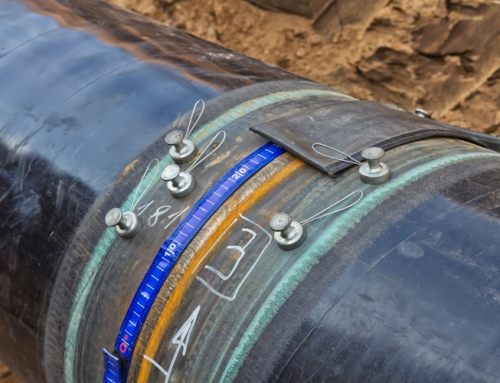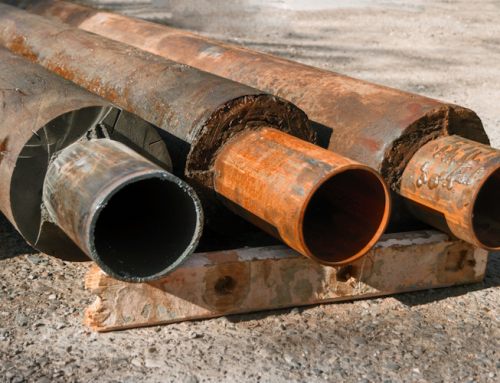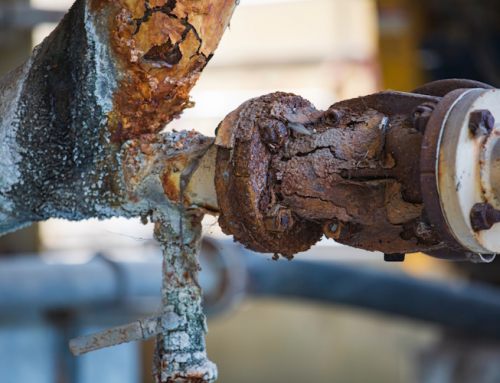Welding operators and weld setters are both important roles in the welding industry, but they have different responsibilities and skill sets.
A welding operator is a person who operates a welding machine or equipment to perform welding operations on materials or components. The operator’s main responsibility is to ensure that the welding process is performed safely, efficiently, and in accordance with the welding procedure specifications (WPS). The operator must have knowledge of welding techniques, materials, and equipment, and be able to adjust the welding parameters to achieve the desired results.
A weld setter, on the other hand, is responsible for setting up the welding equipment and preparing the materials for the welding process. The weld setter reviews the welding procedure specification (WPS) and selects the appropriate welding equipment, tools, and consumables for the job. The weld setter may also be responsible for preparing the materials, such as cleaning, cutting, or fitting them together, and ensuring that they are ready for welding.
In some cases, the welding operator and weld setter roles may be combined, and the same person may perform both tasks. However, in larger operations, the tasks may be divided among multiple people to ensure that each task is performed efficiently and effectively.
Both welding operators and weld setters play an important role in ensuring the quality and safety of welding operations. They must be skilled, trained, and knowledgeable about welding techniques and materials to perform their duties effectively.
Mechanised Welding
Mechanised welding is a process in which welding operations are performed using automated or semi-automated welding equipment, such as robotic systems, manipulators, or other types of welding machines. The purpose of mechanised welding is to improve welding quality, increase production efficiency, and reduce labor costs.
In mechanised welding, the welding operator or technician sets up the welding equipment, selects the appropriate welding parameters, and programs the welding sequence. The welding equipment then performs the welding operation with little or no human intervention. The operator or technician monitors the welding process to ensure that it is performing correctly and makes any necessary adjustments to the welding parameters.
Mechanised welding offers several advantages over manual welding, including:
- Consistent Quality: Mechanised welding can provide consistent weld quality, as the welding parameters can be set and monitored precisely, reducing the risk of human error.
- Increased Efficiency: Mechanised welding can increase production efficiency, as it can perform welding operations more quickly and consistently than manual welding.
- Reduced Labor Costs: Mechanised welding can reduce labor costs, as it requires fewer skilled workers than manual welding.
- Improved Safety: Mechanised welding can improve safety by reducing the risk of injury or exposure to hazardous welding fumes and gases.
Mechanized welding is commonly used in the fabrication of large structures, such as ships, bridges, and pipelines, where consistent quality and high production rates are essential. It is also used in the automotive and aerospace industries for the production of complex parts and components. However, mechanised welding requires specialized equipment and expertise, and it may not be suitable for all welding applications.
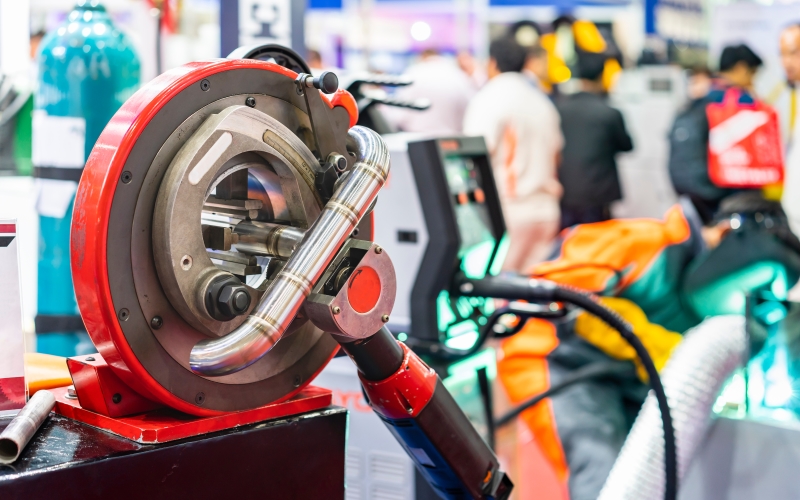
Automatic Welding
Automatic welding is a type of mechanised welding that uses automated equipment to perform welding operations without human intervention. In automatic welding, the welding equipment is programmed to perform the welding process, including the initiation, feeding, and termination of the welding wire, as well as the application of the shielding gas.
Automatic welding offers several advantages over manual and semi-automatic welding, including:
- Consistent Quality: Automatic welding can provide consistent weld quality, as the welding parameters can be set and monitored precisely, reducing the risk of human error.
- Increased Efficiency: Automatic welding can increase production efficiency, as it can perform welding operations more quickly and consistently than manual welding.
- Reduced Labor Costs: Automatic welding can reduce labor costs, as it requires fewer skilled workers than manual welding.
- Improved Safety: Automatic welding can improve safety by reducing the risk of injury or exposure to hazardous welding fumes and gases.
Automatic welding is commonly used in high-volume production environments, such as automotive and aerospace manufacturing, where consistent quality and high production rates are essential. It is also used in the fabrication of large structures, such as ships and pipelines, where automated welding systems can be used to weld long lengths of material with minimal interruption.
There are different types of automatic welding, including gas metal arc welding (GMAW), submerged arc welding (SAW), and flux-cored arc welding (FCAW). Each type of automatic welding has its advantages and disadvantages, and the choice of welding process will depend on the material, application, and production requirements.
Author: James Murphy, Operations Manger of IPEC Inspection Ltd.
